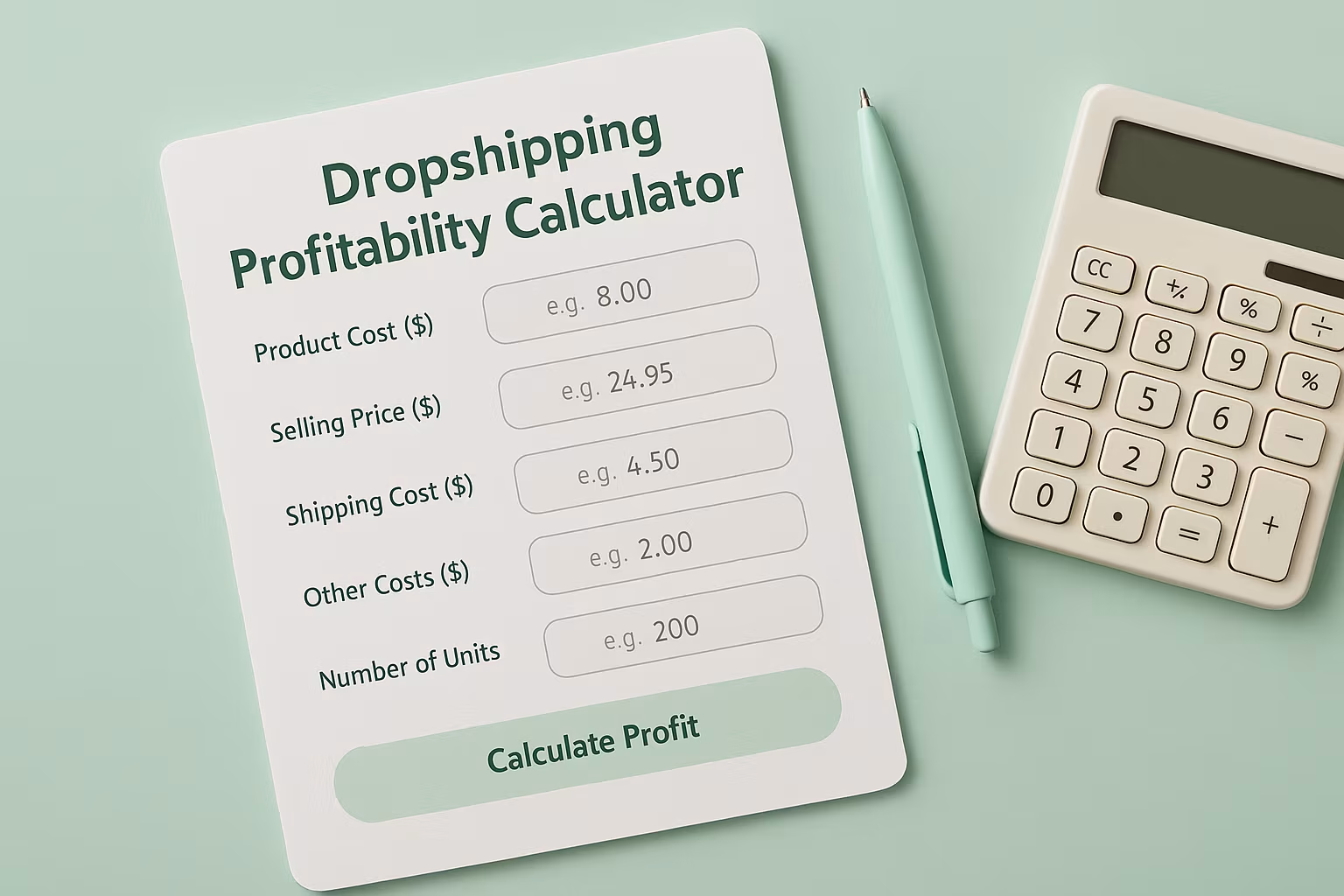
Every successful e-commerce business knows that acquiring new customers is just the start. Studies show that upsells and cross-sells can drive 10–30% of e-commerce revenue, while it’s 5–25x more expensive to acquire new customers than to retain existing ones.
The real profit lies in maximizing customer value through strategic upsell and cross-sell opportunities.
Learning how to identify the hidden upsell and cross-sell opportunities takes both data analysis and an understanding of customer behavior, so let’s dive into it.
Finding Upsell and Cross-sell Opportunities in Customer Behavior
The first place to look for hidden opportunities is in your existing sales data. This treasure trove contains patterns that reveal natural product affinities and untapped potential.
1. Analyzing Purchase Patterns
Start by examining your order history to identify products frequently purchased together. This natural buying behavior indicates strong cross-sell potential. Look for:
- Products purchased in the same session
- Items bought within 30 days of an initial purchase
- Frequently viewed together but not purchased together
Modern e-commerce platforms and analytics tools can automate much of this analysis. For example, if you're running a Shopify store, exploring ways to increase average order value on Shopify can provide platform-specific strategies and tools.
2. Customer Segmentation Reveals Opportunity Gaps
Not all customers have the same needs or buying patterns. Segmenting your customer base can uncover targeted upsell opportunities:
- Purchasing frequency segments: Regular customers are typically more receptive to premium options
- Spending tier segments: High spenders may be interested in exclusive or premium versions
- Category preference segments: Customers who buy from specific categories may be interested in premium items within their preferred categories
Most stores are sitting on upsell and cross-sell opportunities; they just haven’t mined the data for them yet. A quick look at your existing purchase behavior can reveal what customers already want more of. Use this cheat sheet to turn patterns into profit:
Product Journey Mapping
One often overlooked approach to finding hidden opportunities is mapping the typical customer journey with your products. This technique reveals natural moments where customers might need additional or enhanced products.
Usage-Based Opportunities
Consider the natural lifecycle and usage pattern of your products. For example, if you offer private label skincare, a customer who purchases a daily cleanser will eventually need:
- Product refills (replenishment opportunity)
- Complementary products like toners or moisturizers (cross-sell opportunity)
- Premium versions with enhanced ingredients as they become more invested in skincare (upsell opportunity)
Seasonal and Situational Triggers
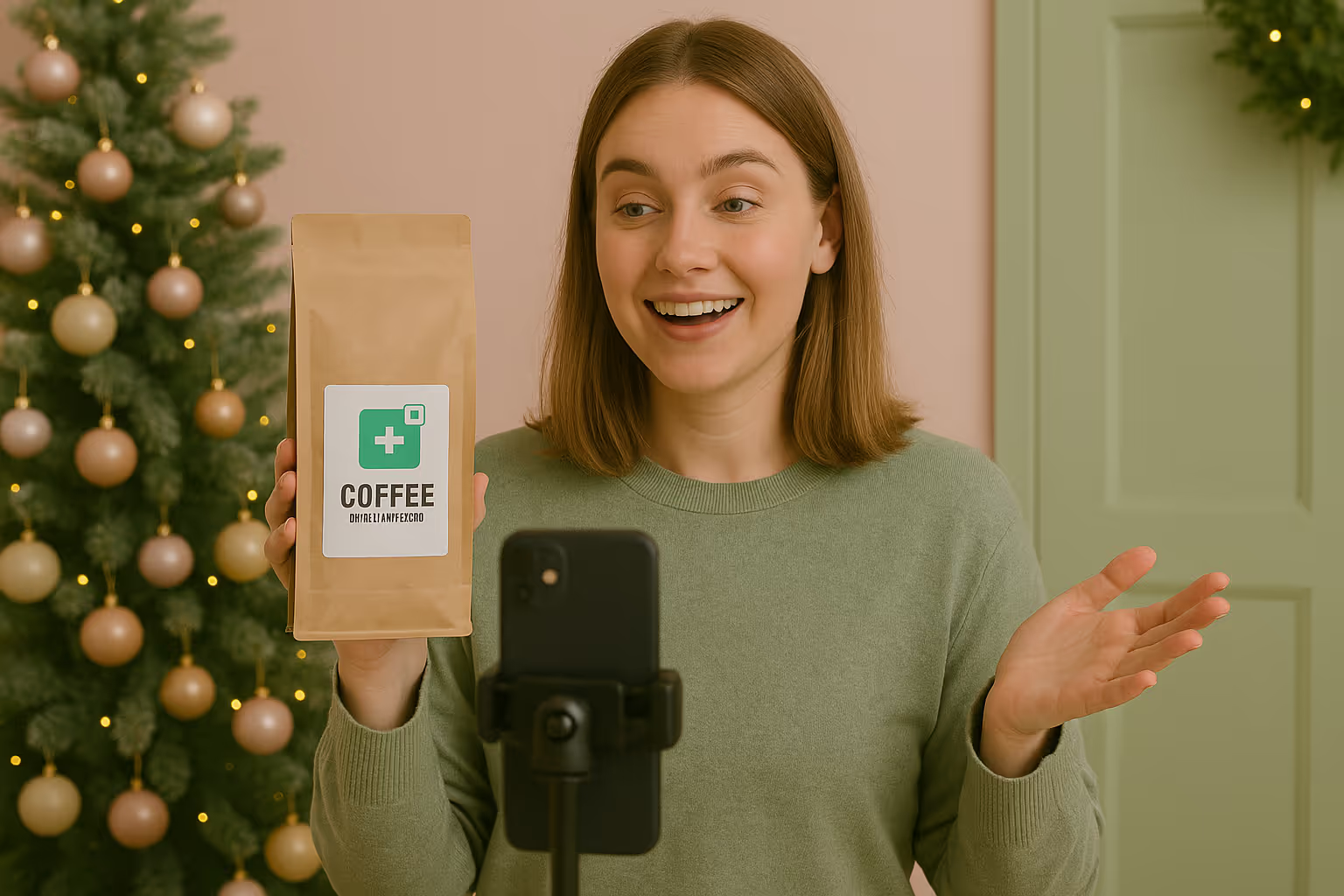
Products often have natural companions based on seasons or situations. For instance, if you sell private label coffee, winter might be the perfect time to cross-sell holiday flavor varieties or upsell to premium warming blends.
Similarly, someone purchasing workout supplements might be interested in recovery products or enhanced formulations before peak training seasons.
Pro tip: Create a calendar mapping your products to seasonal needs and events relevant to your audience. This proactive planning helps you develop timely upsell campaigns rather than scrambling to create offers at the last minute.
Customer Feedback as Opportunity Indicators
Your customers are constantly telling you what they need, sometimes directly through feedback, and other times indirectly through their questions and behavior.
Mining Customer Questions
Customer support inquiries and pre-purchase questions often reveal gaps in your product lineup that represent perfect upsell or cross-sell opportunities:
- "Does this work with…?" (potential cross-sell for compatibility)
- "How long does this last?" (potential subscription or bulk purchase upsell)
- "Do you have a stronger version?" (clear upsell opportunity)
Systematically catalog these questions and analyze them quarterly to identify patterns that suggest new product development or bundling opportunities.
Reviews and Ratings Analysis
Product reviews contain invaluable insights about what customers love and what they wish were better. When multiple reviews mention wishes for additional features or complementary products, you've discovered a hidden opportunity.
For example, if reviews for your basic pet supplements frequently mention wishing for specific additional benefits, this signals an opportunity to create and offer a premium version with those enhanced features.
The private label pet products category is particularly responsive to this kind of feedback-driven upsell development.
Competitive Analysis for Opportunity Discovery
Your competitors have already done some of the work for you by testing various upsell and cross-sell strategies. Analyzing their approach can reveal opportunities you've missed.
Gap Analysis
Compare your product lineup and offering structure to competitors:
- Do they offer premium versions of products where you only have one option?
- Have they created bundles that combine products in ways you haven't considered?
- Are they successfully selling complementary products you don't currently offer?
These gaps represent potential opportunities for your business to expand offerings and capture additional customer value.
Pricing Tier Analysis
Examine how competitors structure their pricing tiers and what additional value they offer at each level. If there's a significant gap between your entry-level and premium products, you might be missing a mid-tier opportunity that could capture customers who want something better but aren't ready for the highest level.
Testing and Validation Strategies

Before fully implementing new upsell and cross-sell initiatives, smart businesses validate their assumptions through testing.
Small-Scale Experiments
Start with limited-time or small-segment tests:
- Offer the potential upsell/cross-sell to a small percentage of customers
- Create a time-limited bundle offer to test complementary product combinations
- Use A/B testing on product pages to determine which upsell messaging resonates best
In the dropshipping business model, testing is particularly important since you're working with supplier constraints and need to validate demand before committing to inventory.
Metrics that Matter
When evaluating these tests, look beyond simple conversion rates to measure:
- Increase in average order value
- Impact on customer lifetime value
- Effect on repeat purchase rates
- Customer satisfaction scores for those who accepted the offer
These comprehensive metrics give you a fuller picture of whether your upsell strategy adds genuine value.
Implementation Strategies for Different Business Models
The practical implementation of upsell and cross-sell opportunities varies based on your business model.
E-commerce Platform Optimization
If you're running an online store on platforms like Shopify, technical implementation is relatively straightforward. You can add upsell products in Shopify through native features or specialized apps that automate much of the process.
The key is ensuring these integrations appear at the right moment in the customer journey, typically post-purchase, during checkout, or on product pages.
Fulfillment Considerations
When implementing cross-sell and upsell strategies, consider the fulfillment implications. If you're using a fulfillment solution, ensure your upsell products can be efficiently fulfilled without creating logistical challenges.
Bundle offers, in particular, require coordination with your fulfillment partner to ensure proper packaging and handling.
TikTok Shop and Social Commerce
For businesses using newer channels like TikTok Shop, upsell opportunities take a different form. The fast-paced, impulse-driven nature of these platforms often works best with limited-time offers, flash bundles, and influencer-endorsed premium alternatives.
The visual nature of these platforms makes before/after demonstrations of premium products particularly effective.

Timing Your Offers for Maximum Impact
The timing of upsell and cross-sell offers dramatically impacts their success rate. There are four key moments when customers are most receptive:
Pre-Purchase Window
Product pages represent the first opportunity to suggest premium alternatives (upsells) or complementary items (cross-sells).
Visual comparison charts showing good/better/best options can be particularly effective here, helping customers understand the value differential.
Checkout Opportunity
The checkout page offers a prime opportunity for relevant, low-friction add-ons. The key is suggesting items that:
- They are relatively low-cost compared to the main purchase
- Enhance the primary purchase in obvious ways
- Can be added with a single click
Post-Purchase Follow-up
After a customer completes their purchase, well-timed follow-up emails can suggest relevant products based on what they've already purchased. This works particularly well for consumable products, where replenishment is inevitable.
Usage Milestone Triggers
For certain products, especially those with a learning curve or usage progression, customers become prime candidates for upsells once they've reached certain usage milestones.
For example, a customer who has consistently purchased basic skincare for three months may be ready to explore more advanced formulations.
Measuring Success and Optimization
Implementing upsell and cross-sell strategies isn't a one-time effort but an ongoing optimization process requiring consistent measurement.
Key Performance Indicators
Track these metrics to gauge effectiveness:
- Attachment rate (percentage of orders including upsell/cross-sell items)
- AOV impact (increase in average order value)
- Upsell acceptance rate by product category
- Customer feedback specific to recommended products
Iterative Improvement
Use A/B testing to continuously refine:
- Offer timing (when in the customer journey the offer appears)
- Presentation format (how the offer is displayed)
- Value proposition (how you communicate the benefit)
- Price point (finding the optimal pricing for maximum acceptance)
Insider’s Signal: Analyze What Customers Don’t Buy to Unlock Missed Opportunities
Instead of only tracking what customers buy, expert sellers examine what gets skipped. Use heatmaps and cart abandonment data to identify product suggestions or bundles that customers view but rarely convert on.
Often, one mismatched item or poor timing kills an otherwise solid upsell. Refine your offer based on these signals: removing friction, re-bundling smarter, or adjusting price points. This reverse-engineering approach reveals hidden cross-sell wins that most sellers miss.
Use What You Know About Your Customers to Grow Smarter
The most successful businesses treat upselling and cross-selling as extensions of customer service, helping shoppers discover valuable solutions they didn’t know they needed.
By analyzing data, mapping product journeys, and testing targeted offers, you can boost revenue while improving the customer experience.
Start small, analyze your top-selling products for natural companions, or review customer questions for unmet needs. Refine your strategy over time, and these hidden opportunities will grow into reliable revenue streams.
FAQ
Related blogs
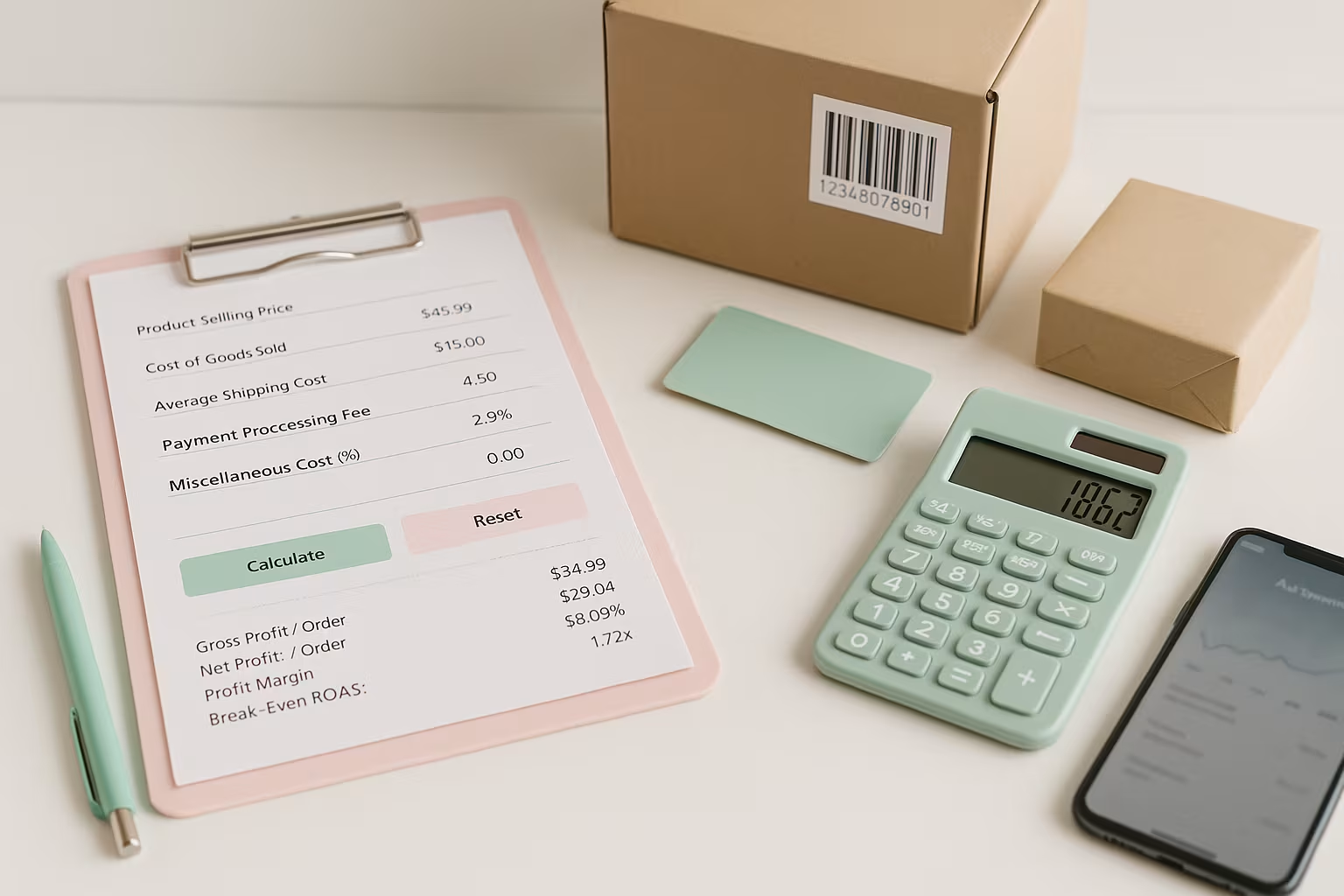
Break-Even ROAS Calculator: Find Out What You Can Afford to Spend on Ads
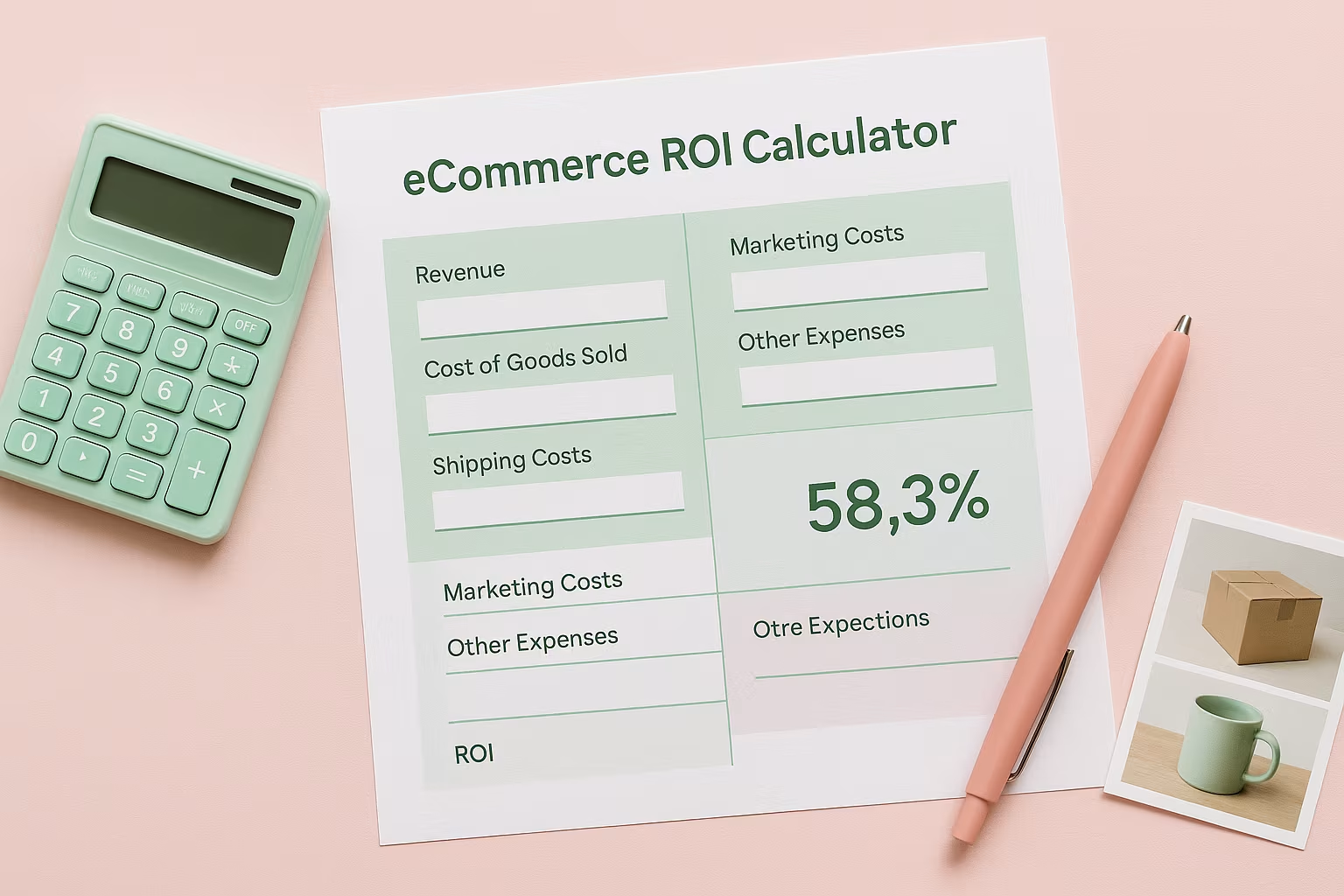
Ecommerce ROI Calculator: Scale Your Store
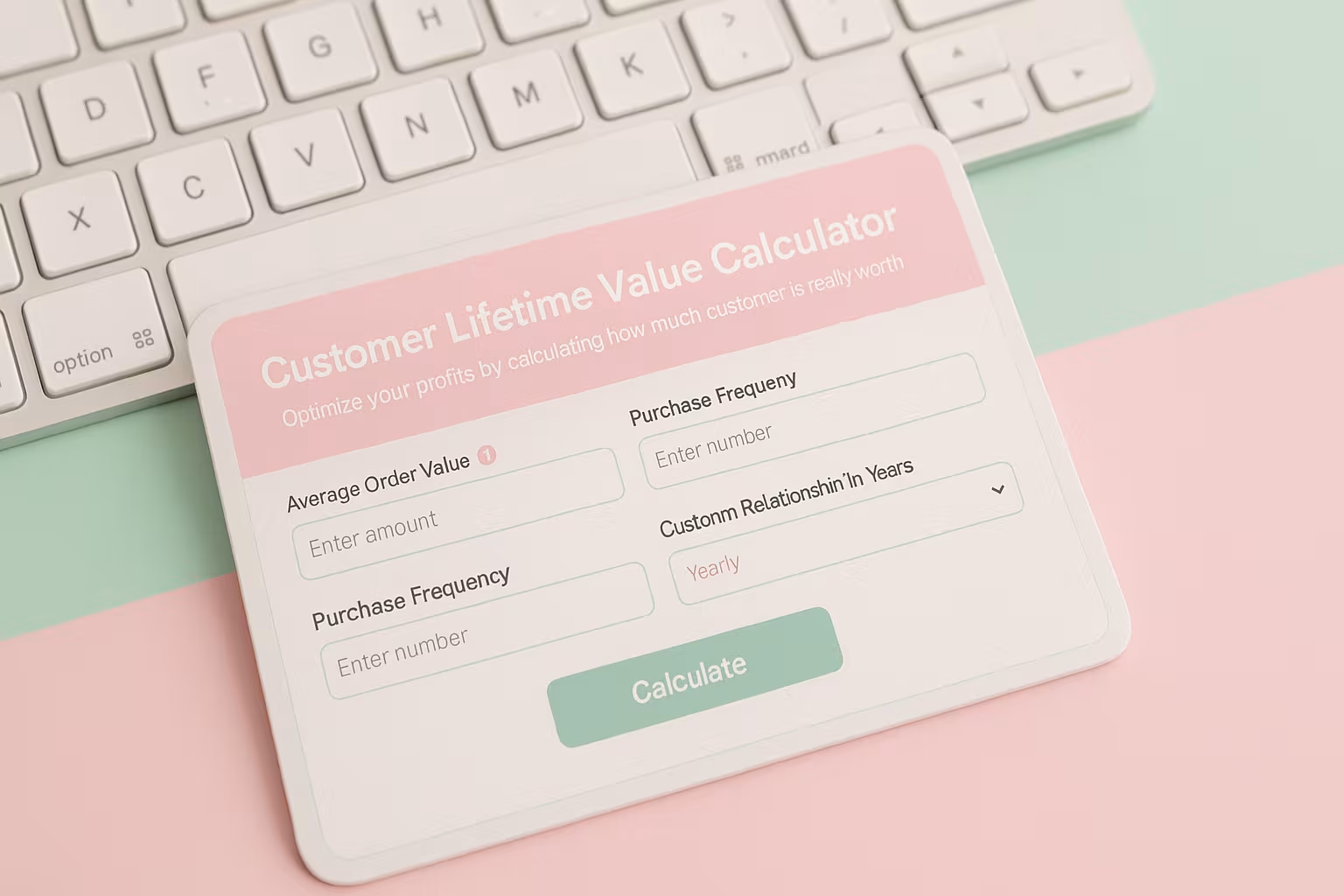
Customer Lifetime Value Calculator: Unlock Your E-commerce Revenue Potential
